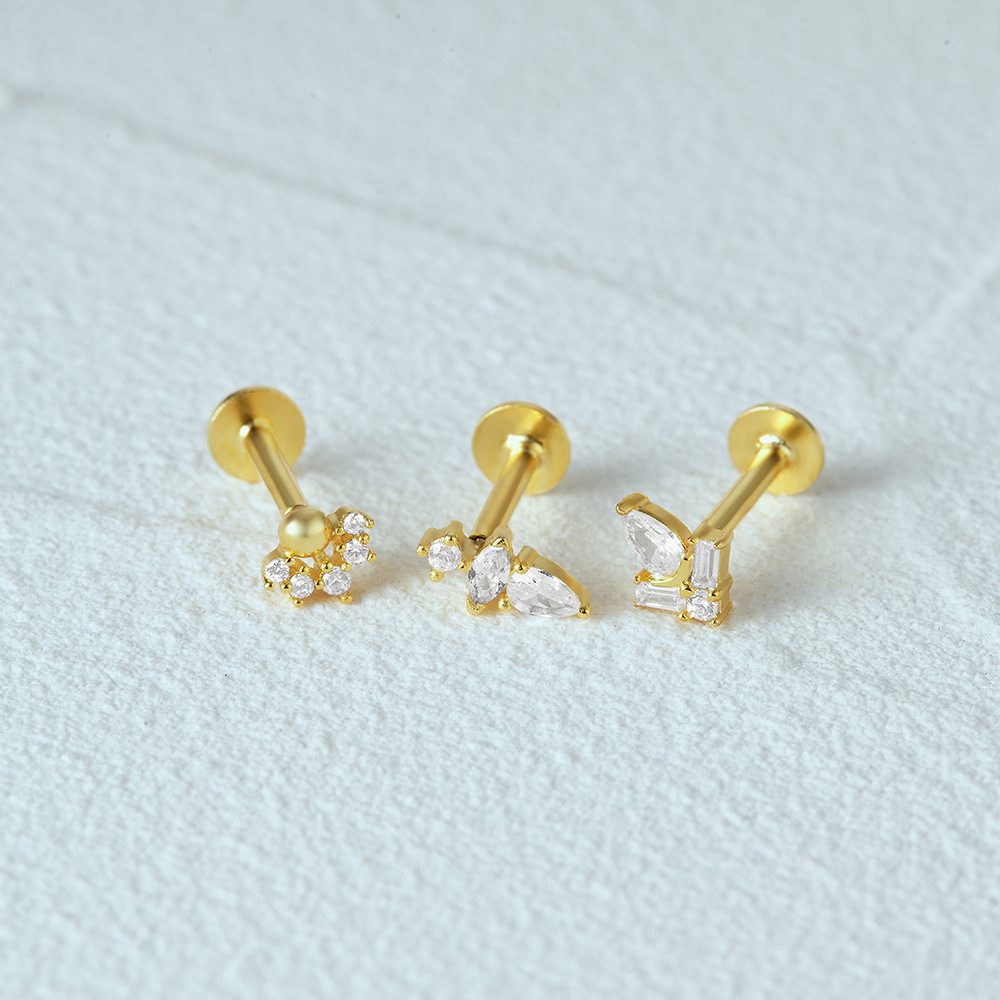What to Do If Your Bracelet is Turning Your Skin Green?
-
Introduction
- Common issue: Bracelet turning skin green.
- Focus on chemical reactions with metals in jewelry.
- Perspectives from Fashion Expert and Physics Expert.
-
Understanding Skin Discoloration from Jewelry
- Chemical reactions between metals and skin oils/acids.
- Common culprits: Copper, brass, low-quality alloys.
-
Fashion Expert’s Perspective
- Impact on confidence and style.
- Importance of high-quality materials to avoid discoloration.
-
Physics Expert’s Perspective
- Explanation of oxidation and how sweat, lotions, and moisture react with metals.
- Interaction of metal ions with skin compounds like salt.
-
Why Bracelets Turn Skin Green
- Tarnishing process and contributing factors: Humidity, chemicals, air pollution, skin chemistry.
- Explanation of tarnishing in sterling silver and other metals.
-
Preventing Skin Discoloration
- Tips:
- Choose high-quality materials like sterling silver or gold.
- Apply clear nail polish as a barrier.
- Avoid moisture and chemicals (e.g., swimming, perfumes).
- Tips:
-
What to Do if Your Skin Turns Green
- Clean skin with soap, water, or baking soda.
- Monitor for allergic reactions (itching, redness).
- Switch to hypoallergenic jewelry if necessary.
-
Common Myths About Jewelry Discoloration
- Debunking myths: Tarnish doesn’t equal poor quality; sweat alone doesn’t cause immediate tarnish.
- Daily wear won’t necessarily cause tarnishing.
-
Detailed Care Tips
- Cleansing routines: Use soft cloths, avoid abrasives, and invest in sterling silver polishing cloths.
- Proper storage: Padded boxes, avoid plastic bags, use airtight containers for long-term storage.
-
The Role of Materials in Jewelry Discoloration
- Overview of materials: Sterling silver, copper, gold-plated jewelry.
- Impact of material quality on skin reactions.
-
Conclusion
- Green skin can be avoided with proper care and high-quality jewelry.
- Trendolla Jewelry offers collections designed to minimize skin issues and maintain beauty.





















































































































































































































































































































































































































































































































































































































































































































































































